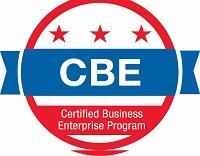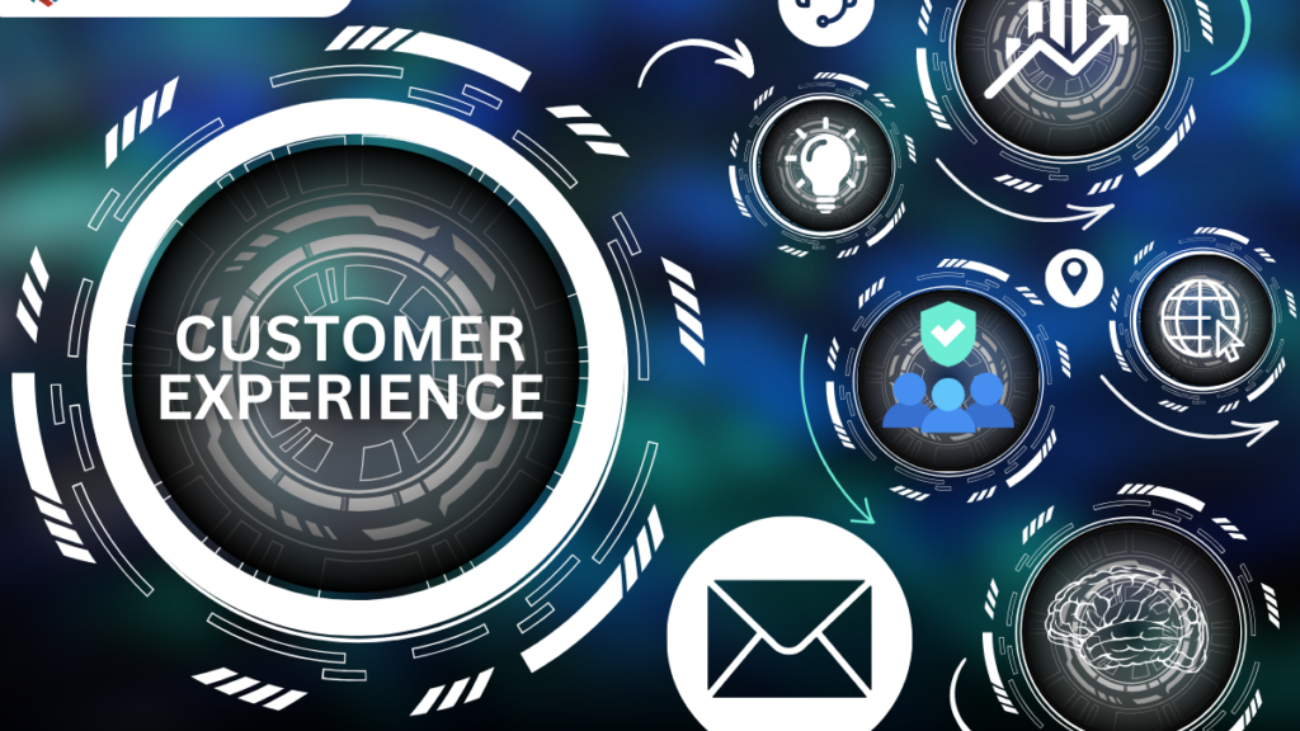The idea of digital transformation has permeated the Army. One of the most important areas of transformation concerns acquisition and logistics. For an update, at yesterday’s Association of the U.S. Army annual confab, the Federal Drive with Tom Temin caught up with the Principal deputy assistant of the Army for acquisition, logistics and technology, Young Bang.
Tom Temin A lot is converging on this ALT domain. There’s the digital transformation effort, I think first and foremost. Just give us the 50,000 foot view of your part, the ALT part, in this whole digital transformation.
Young Bang Thanks, Tom. So I always joke that I was brought in to be the T in ALT, the technology part. And for us, when we first came in, the Army, as you know, has been undertaking the largest modernization effort in four decades. And if you think about everything these days, everything is underpinned by digital transformation. And so when I came into the role, it was awesome because I really fell into the things that I know really well. Whether that’s software, whether it’s digital engineering, whether it’s data, whether it’s AI or anything in general, that was just kind of my sweet spot. And so for us, we’ve been really driving the whole digital transformation landscape. And we’ve really actually been partnering with all of our community. So AFC is a partner in crime for us from an acquisition and acquirement standpoint. ATEC is a partner in crime for us from a testing and acquisition standpoint, as well as, if you think about it, the CIO. So the CIO and us have partnered a lot from a policy perspective, because between the two of us, I think we cover the whole landscape of the Army enterprise. And so collectively, it’s just like on the commercial side, you have like minded people that want to drive digital transformation. We’re working with the front end requirements. We’re working with our development teams and we’re working with testing. And then we have a policy that covers all of that. And I think you’ve seen a lot of our efforts really help us meet industry where they are in the middle.
Tom Temin And on the news front, you had an announcement yesterday at AUSA on cybersecurity for small business, something other than CMMC sounds like.
Young Bang Yeah, so that’s a great point. I think the Under Secretary of the Army had a really good announcement about Ncode. And if you think about that, that’s another acronym and we’ll really talk a little bit about that. But the whole purpose of that was the whole CMMC. And if you think about the complexities of CMMC, it’s really hard for some of our small businesses really to afford even the level two areas of CMMC.
Tom Temin Or even to read a 470 page rule.
Young Bang That’s absolutely true. And so we said, Hey, how do we help the industry? How do we help small businesses, specifically? How do we really offset the CMMC requirement that’s coming down for them? And so we are looking at a series of pilots, what we call cyber as a service for small business. And really Ncode stands for that. The Next-generation Commercial Operations in Defended Enclaves. It’s a long title, but it’s Ncode for short. But it really will build on our pilot. Our pilot really is about how do we provide some services for the small businesses. So we know that it’s a cost prohibitive model or it takes a lot of investment for them to do that. And we have some analysis that actually shows most small businesses, and how much revenue they get from the Army or Defense. And if you look at the business case, it’s really not worth it for them to invest literally maybe $1 million to get CMMC compliance.
Tom Temin Well beyond that, it also matches the army, matches the way they operate, because anyone starting a business today is not going to buy servers and buy discs and put in software. They’re going to use accounting personnel, whatever it is they need engineering software as a service by subscription anyway. So this kind of conforms the army to what the reality is for small business.
Young Bang That’s right. And so for the small businesses you might say, Well, if I was small business, I could just get as a service from anything. And so that’s absolutely true. But what we are working with is specifically government overwatch. So how do we also offer more for the small businesses? Because there will always be things that are inherently governmental, and should we put that ONUS on small businesses or other vendors to really provide. No, because they can’t because some of it has to be inherently governmental. And that’s why we are partnering with industry in specific small businesses. We’re looking at some of the cloud vendors and managed service providers to provide an offering for small businesses that are cost effective, as well as a government overwatch component of that. So you’ll see more details that will be publicized in the future. And again, this is just again building on what the Under Secretary just announced yesterday.
Tom Temin We’re speaking with Young Bang. He is principal deputy assistant Secretary of the Army for Acquisition, Logistics, Technology, ALT. And we’ve talked about cyber, artificial intelligence is the other big word, and it’s real. I don’t use the word buzzword for this because you see it happening. And what’s your take on the ALT as it relates to AI or vice versa?
Young Bang Yeah, we think that. So that’s a great question. So you’re probably like, why does the Army care about AI? And for us, we don’t have huge exquisite aircraft carriers or huge tankers and fighters. Our resources are people and our soldiers. And we are going to be the biggest consumers of AI. And so we don’t want to let all the other services figure it out for us. We’re going to be leaders in this space. And because, again, like I said, we’re going to be the largest consumer. So we have really looked at, how do we look at multiple things? So the CIO published a guidance on Gen AI. We’re actually encouraging our community and our environment to use and experiment with Gen AI. We’ve also done it to reinforce the security requirements. So if you have data that’s on the NIPR, keep it on the NIPR side. If you have data that’s on the SIPR, keep it on the SIPR side. And we now have actually developed pilots of Gen AI and large language models on each of those enclaves for our community to experiment, because right now the market is kind of nascent in the space, but we’re enabling our users to experiment with it, because we want that to inform our requirements so we can actually program in the Palm and request Congress more money as we fleshes out. So that’s one dimension from a policy perspective. The other areas that we’re looking at, how do we accelerate the adoption of AI from the government? And really we’re looking at what are the big obstacles that are preventing us from adopting third party generated algorithms.
Young Bang So we have an effort called #DefendAI. It’s a layered defense framework for AI. So we can look at the risk and the controls, because again, we want to be able to adopt third party generated algorithms. So we’re saying, Hey, we’ve identified about 30 different attacks. We’ve identified about 60 different controls. They’re not necessarily one for one. We want industry to help us to find more of that so then we can say, here’s the risk, here are the controls, here’s some other risk that hasn’t or needs to be addressed. And then we can collectively make an informed decision about saying, ok, this can be now put into a closed environment, this can be put into a business environment. This could potentially be put into a weapon system or a safety critical system. So it’s a better way of getting at that. So that’s the first thing. #DefendAI. The second thing is that we’re looking at another buzzword, #BreakAI. And what that means is like, how do we test and do third party generated algorithms, And so what I’m talking about is not the performance or the drift. We’re talking about software we can test because it’s deterministic. Algorithms are more probabilistic, but as we get closer to AGI, we don’t know what the intended behavior or the outcome is going to be. So how do we test for that? And so those, I think, are obstacles that are going to prevent us in the future from adopting it. So that’s why we’re tackling that now.
Tom Temin It’s almost like modeling it out into the future, what it will do as it gets modified by events and application of data, in other words.
Young Bang That’s right. And we don’t have the solutions, but we do want to push this out there because we want smart people that are thinking about these problems and work together, so we could actually have some ways to evaluate it so we can adopt it. And the last part is something we’re calling counter AI, Or #CounterAI.
Tom Temin Which might be the most important one of all.
Young Bang It is. Because a lot of times we look at things from a defensive perspective, but we also have to look at how are threats or pure threats are looking at using and employing AI so we can counter that. And if you look at that, if we could give our soldiers five seconds, a minute, five minutes, ten minutes to counter their employment of AI, we have to be able to think about those capabilities now. And then that would also lead us to get more resilient AI in our systems as well. So those are the areas that we really wanted industries help and collaboration on.
Tom Temin It strikes me you have a parallel challenge that the Missile Defense Command has. They use space as a utility, but they also have to defend space, because space is now contested where it was not, say, 20 years ago.
Young Bang That’s right. If you think about that, I use the whole sports analogies. If you play sports, you play offense and defense. And a lot of times we look at things defensively and offensively separately. And what we want to do is have everyone look and play offense and defense together. And especially in the digital transformation space.
Tom Temin And the way you describe AI and developments in AI, then really it’s a form of engineering, and it’s digital engineering because it’s purely a digital exercise. What about digital engineering in the ALT domain elsewhere? That whole digital twinning movement, is that something that coming into your work?
Young Bang Absolutely. And if you look at, guidance that’s been put out, the undersecretary signed the directive on digital engineering for the enterprise. And so a lot of people automatically just focus on the acquisition side. But the context of that is, yes, it is focus on acquisition, but it’s also focus on requirements and the testing side too. So we want to really look at it the whole lifecycle. From an acquisition standpoint, we always kind of joke. A lot of the industry is already in digital engineering and digital twins. And what we do is we ask them to say, Hey, convert your digital twin to paper so we can evaluate it, and then we’ll put it back into the digital engineer format. So we’re like, Hey, that doesn’t make a lot of sense, let’s logically, flatten that. And if you want to submit things in paper, great. But we encourage more digital models and artifacts, and send that as you already have it so we can evaluate that. More importantly, we can accelerate the lifecycle.
Young Bang So if you look at programs like XM 30, which is our absolutely man fighting vehicle or the Bradley replacement, they’re born to do engineering from the start. And they’ve actually been working with industry specifically. They’ve just finished preliminary design review all from digital artifacts, digital models in a digital engineering environment. And that really accelerated our ability to work with them to evaluate the critical or the preliminary design, and then look at things as it’s emerging, like are there too many complexities and too many interfaces? How do we shorten this? And as we work that, we can actually go down the whole lifecycle and accelerate even like parts and repair parts and manufacturing and those type of things, as well as testing. And so that’s what we’re driving across the board. XM 30 is one of our pathfinders. We have multiple pathfinders that are in there. So we can really flesh out the details of how we’re going to execute. But we’re super excited about this because, again, we’re trying to meet industry where they are versus again, asking them to convert digital back to paper, back to digital.
Tom Temin And as a final question, all of this is in the digital intelligence, artificial intelligence. Do you have the gray matter, intelligence in the staff and in the Army to support all this effort?
Young Bang Yeah, So that’s a great question. Like I said, I was brought in to put the T back in asalt. But I’m one person, I have a strong team with our DAS portion that is really driving. A lot of our PEOs are going through that digital transformation, the Odyssey, the journey on that to really upskill our workforce, bring in outside talent. But we can’t do it alone. That’s why it’s critical for industry to be helpless, to be able to partner with us, because we have no delusions. We’re not going to have all the experts. In fact, we’re going to have a smaller amount. But again, we need industry really help us and cooperate here.











